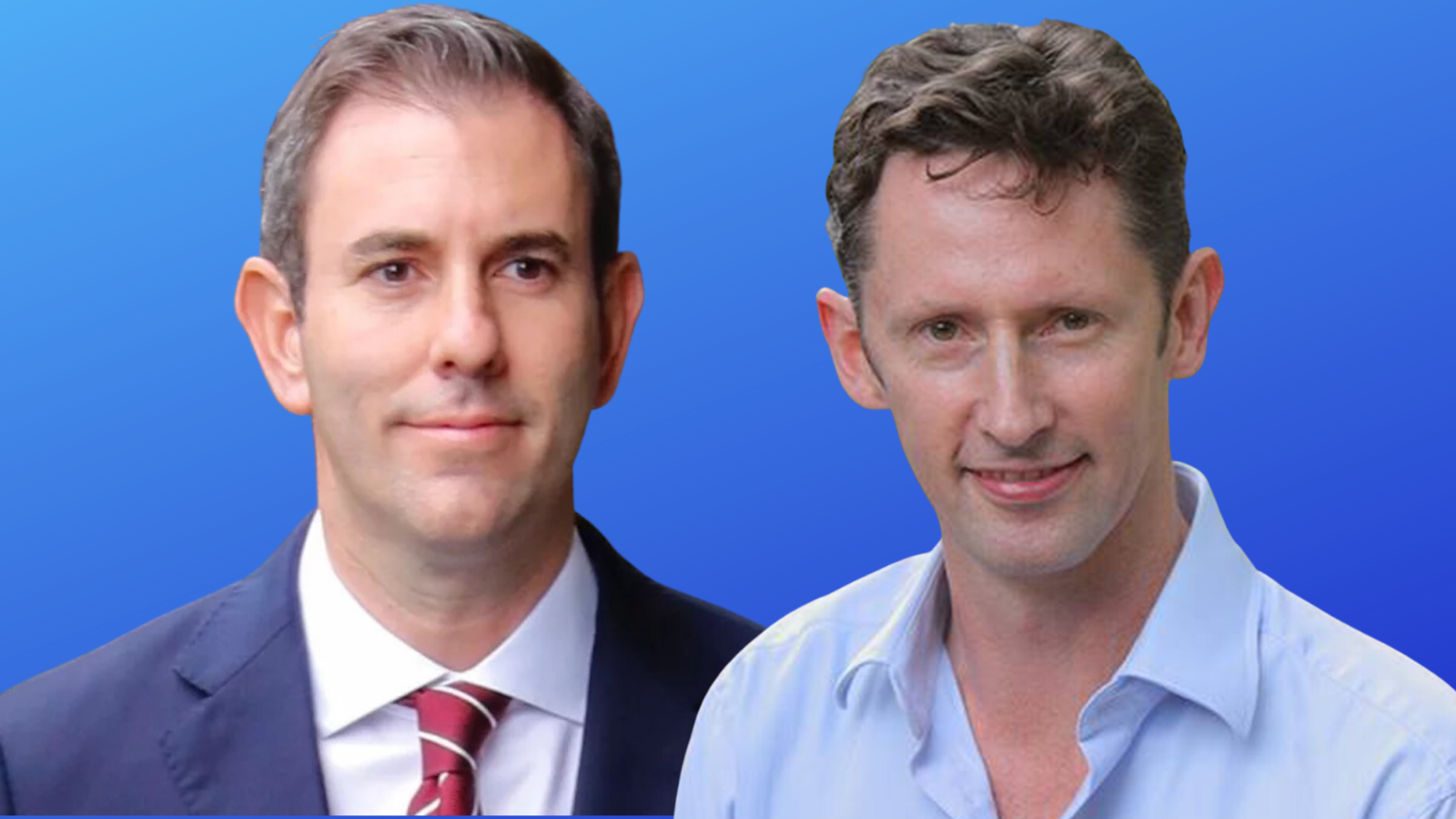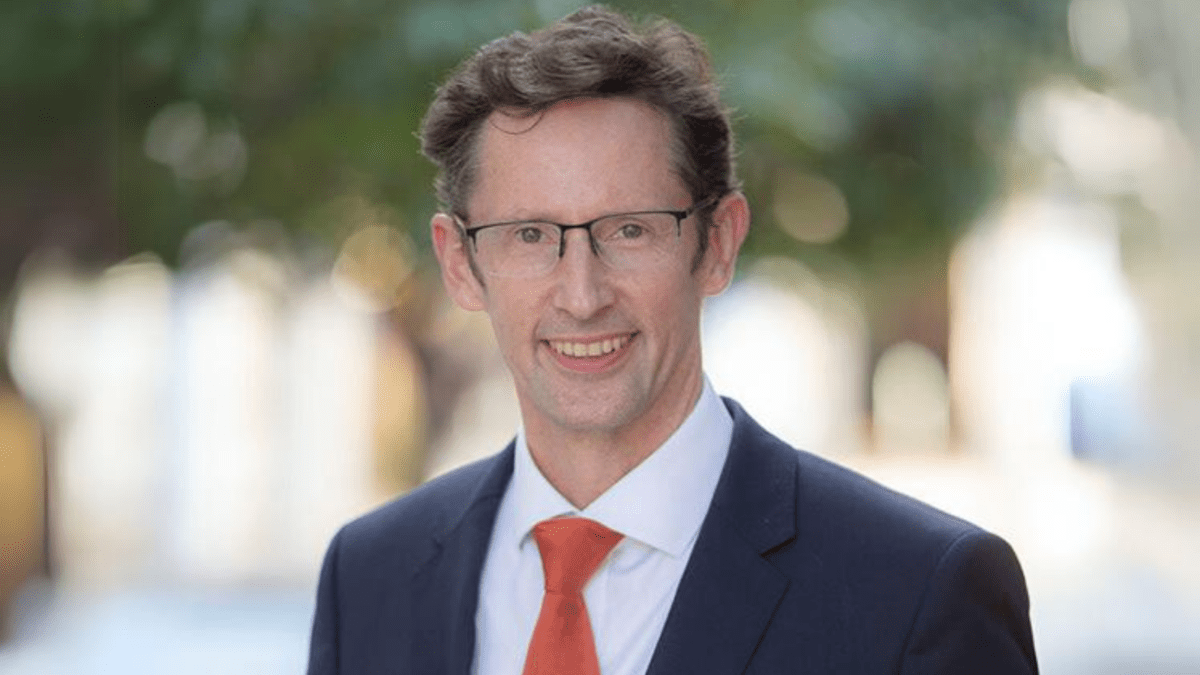Who belongs in an SMSF? Commitment is (nearly) everything
The decision to fund retirement through a self-managed superannuation fund (SMSF) often hinges on the prospect of perceived benefits like control and flexibility, but these considerations should be secondary, according to SuperConcepts’ Graeme Colley – without the SMSF trustee’s commitment, the structure’s advantages will fall by the wayside.
In fact, there are three key components of self-managed superannuation, said Colley, the SMSF administrator’s executive manager, technical and private wealth. But, Ã la the real estate mantra about “position”, his keys to SMSF all amount to the same thing: “commitment, commitment, commitment”.
Speaking to adviser delegates at the SMSF Association’s National Conference 2023, held in Melbourne over three days from February 22, Colley said the level of energy a client can put into an SMSF will be the main determinant of the fund’s success.
Tying in with the conference’s “hivemind” theme, Colley’s session used the analogy of an SMSF with multiple members as a bee colony that sometimes sees members break away to follow a new queen. In deciding if an SMSF is appropriate, clients and their advisers need to look forward at the evolution of the fund and the appropriateness of each fund member throughout the fund’s entire lifetime – keeping in mind that SMSFs are simply not for everyone.
Deciding who belongs in an SMSF and who doesn’t is “a bit like art”, Colley said. “We’ve got our own opinions about what good, bad or indifferent art is, and we’ve got the same with clients – what’s a good client for me may not be a good client for you.” And clients looking to start an SMSF without a clear commitment – including a keen awareness of their trustee obligations – are unlikely to have success stories.
Moreover, with many of the questions around the appropriateness of forming an SMSF, getting it right at the outset is paramount because problems compound over time, according to Colley. Important considerations include the age of the trustee and members and the potential of members or trustees to die, divorce, seek to add children as members, need to exit or otherwise alter the fund structure.
Bees, wasps and the colony
Describing those for whom SMSFs may be appropriate – “bees” as opposed to “wasps” – Colley said it is important that trustees understand what the substantial level control inherent in SMSFs means in relation to their fund, the flexibility of its investments and the implications of estate planning.
“People who don’t want to think about the day-to-day or month-to-month operation of that superannuation fund are probably better off in an APRA-regulated fund,” he said. Other important up-front considerations include succession planning and the proper fund structure.
Colley emphasised that in many cases, keeping these considerations in mind at the outset, the best solution when there are various potential fund members with competing interests seeking to form an SMSF is simply setting up separate SMSFs – each member, queen of a colony.
Another important decision is whether to use a corporate or individual trustee, Colley said, noting the benefits of having a corporate trustee throughout an SMSF’s lifespan but particularly in its final stages, when member deaths become more likely.
Ultimately, while the question varies by individual, those for whom an SMSF is likely appropriate share certain characteristics, such as a relatively high super balance, higher-than-average financial literacy and the time to manage the fund. Those who understand their legal obligations as trustees and the risks associated with self-managed superannuation are also “bees” welcome to the hive.
In contrast, a “wasp” may eschew a corporate trustee because of the associated cost, meaning they lack the required time or money to put into their fund, Colley said – and he particularly called out those with “no clear idea” of why they want to self-manage their super.
In other words, those who lack the required commitment.









